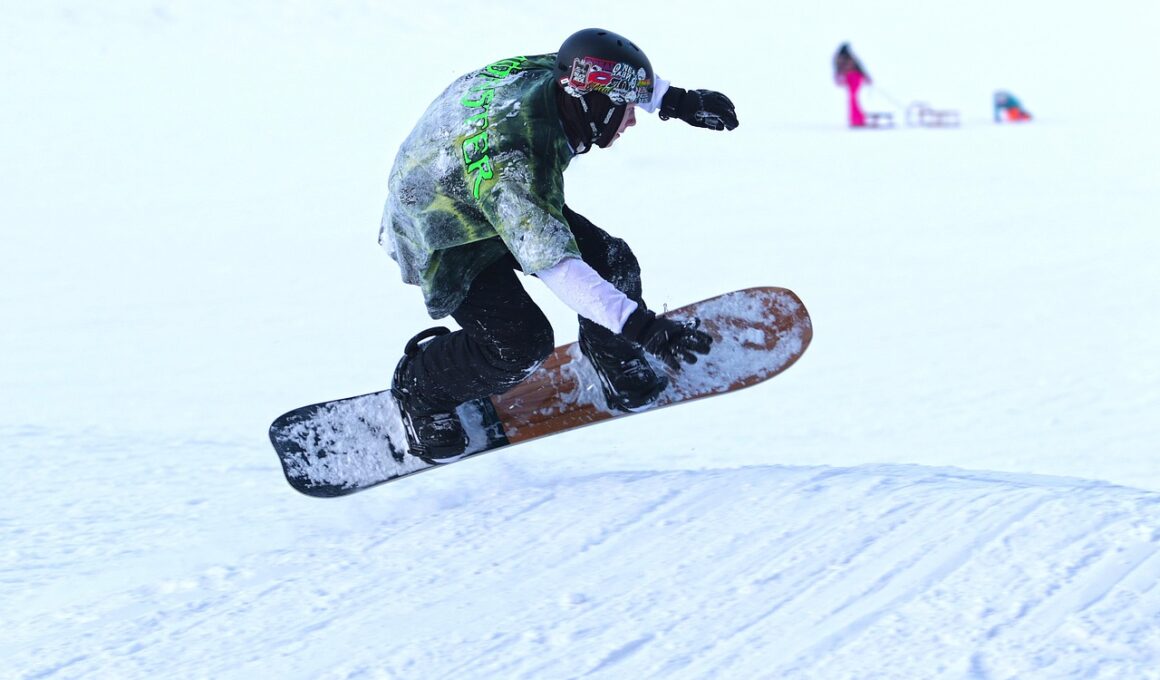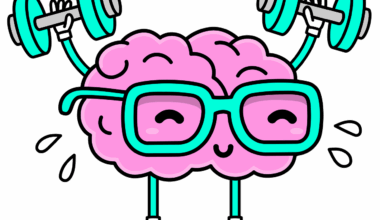Training and Education Programs for Snowboard Park Users
Snowboard park design and user education are crucial for enhancing safety and enjoyment. Many snowboard parks offer training programs, focusing on skills, safety tips, and proper techniques. These programs generally cater to various skill levels, providing tailored instruction to beginners, intermediates, and advanced riders. Through systematic education, snowboarders can learn essential skills like jumping, sliding, and turning, which significantly contribute to their experience in the park. Some parks collaborate with certified instructors, enabling them to deliver high-quality lessons. Additionally, these programs emphasize the importance of safety gear, which is vital during learning. Snowboarders are encouraged to wear helmets, wrist guards, and padded clothing to minimize potential injuries. Furthermore, parks often conduct workshops and clinics that cover park etiquette, helping users understand the rules and responsibilities while riding. This promotes a positive culture and reduces accidents. Participating in these training programs not only improves individual skills but also fosters a sense of community among users. Snowboard parks should prioritize the implementation and continuous improvement of these educational initiatives.
In addition to practical skills, education programs emphasize injury prevention strategies. Participants learn how to fall safely and minimize risks while navigating through obstacles like rails or jumps. Proper techniques play a significant role in avoiding hazardous situations by ensuring snowboarders can control their movement effectively. Education programs include discussions on recognizing personal limits, encouraging riders to avoid overexertion. By understanding their limits, snowboarders can make informed decisions, reducing the likelihood of accidents. Additionally, snowboard parks provide resources like videos and brochures summarizing safety guidelines, which are accessible to all users. Incorporating interactive elements, like games or quizzes, can also enhance engagement and effectiveness during these training programs. Educational activities focusing on physical fitness and conditioning can support overall performance. Engaging in cross-training activities helps strengthen the muscles used while snowboarding, leading to better control and reduced injury likelihood. Moreover, parks can invite local fitness experts to run conditioning workshops, providing invaluable knowledge on enhancing athleticism. Integrating injury prevention strategies into the educational curriculum significantly equips snowboarders with the tools they need to enjoy their experience safely.
The Importance of Communication in Snowboard Parks
Clear communication among snowboarders and park staff is vital for maintaining a safe environment. Educating users about signage, park rules, and guidelines is essential. Informative signs throughout the park help users understand specific features, such as the skill level required for different obstacles. Additional signage can remind users to practice park etiquette, such as waiting their turn and respecting fellow snowboarders. Initiatives such as group discussions or community meetings can further enhance communication among riders, allowing everyone to voice their ideas and concerns. Parks might also implement a feedback system where users can report safety hazards or suggest improvements, creating an open dialogue. Social media can serve as a platform for sharing important guideline updates or upcoming events related to park safety. Leveraging technology, many parks also provide mobile apps featuring real-time updates, which can be beneficial during busy weekends or holidays. These applications might include features allowing users to track conditions or closures of specific park sections for safety. Effective communication leads to a more enjoyable and secure user experience, ultimately fostering camaraderie, respect, and responsibility within the snowboard community.
Snowboard parks can enhance their educational programs by integrating local community resources. Collaborating with schools, sports clubs, and community centers fosters greater outreach and engagement. Initiatives like free workshops or demo days can attract new snowboarders and promote park usage. These events allow users to interact with experienced instructors and learn foundational skills in a supportive environment. Local partnerships can also bring in sponsors or experts in snowboarding to deliver special clinics, diversifying the educational offerings. Encouraging local businesses to participate creates a sense of shared responsibility towards the park and community. Snowboard parks can organize events featuring local athletes or ambassadors to motivate and inspire newcomers. Workshops that delve into professional tricks can elevate users’ skills while promoting their passion for snowboarding. Educating parents on how to support their kids is equally essential. This understanding fosters a supportive atmosphere when children begin their snowboarding journey. When parks actively engage their community, they create an environment that nurtures learning and safety. This proactive approach contributes not only to the snowboard park’s reputation but enriches the overall snowboarding culture among users.
Using Technology in Snowboard Education
Technology plays an increasingly vital role in educating snowboard park users. Virtual reality systems can provide simulations that allow users to practice techniques in a controlled environment without risk. Engaging platforms can be developed to teach theory aspects of snowboarding, like interpreting the terrain and navigating different obstacles. Mobile apps can deliver on-the-spot training videos, tutorials, and safety reminders tailored to individual users, enhancing their experience directly within the park. Furthermore, incorporating online forums helps users connect and discuss their experiences, share tips, and ask questions. Creating a community online encourages collaboration, building camaraderie among riders. Equipped with knowledge from these platforms, users can approach the park with confidence and readiness to improve their skills. Implementing video analysis through smartphones can help riders review their techniques and gain insights into their performance. Accessing video footage while training fosters self-awareness and encourages riders to correct mistakes. These technological advancements can revolutionize snowboard education, making learning more efficient while providing valuable tools to users at all skill levels.
As snowboard park design continues to evolve, incorporating educational features becomes increasingly important. Parks can implement dedicated learning areas with smaller obstacles designed for beginner users. These spaces allow users to practice in a safer, less intimidating environment. When designing the park, consideration should be given to creating pathways that facilitate easy access between different areas to ensure a smooth flow of traffic. Clearly marked zones for beginners, intermediates, and experts prevent overcrowding and assists individuals in choosing appropriate challenges. Regular assessments of park features encourage improvements and modifications based on user feedback. Implementing designated spots where experienced riders can mentor newcomers promotes community bonding and enhances skill development. Snowboard parks should also prioritize maintaining and upgrading facilities to ensure all training and educational initiatives are successful and safe. Engaging skilled park designers capable of blending functionality with education will ultimately enhance the overall user experience. Continuous evolution and enhancement of snowboard park design will underscore the importance of safety and education within the winter sports world.
Conclusion: The Future of Snowboard Park Education
The future of training and educational programs for snowboard park users is bright, driven by innovative ideas and a collaborative community. By prioritizing safety, skill development, and open communication, snowboard parks can establish engaging and enriching environments. Continuous collaboration with local organizations, communities, and experts will create unique experiences that draw in aspiring snowboarders. As technology advances, integrating digital platforms and technical training will provide an even more comprehensive learning experience. Focusing on injury prevention, etiquette, and personal limits will further enhance user safety and enjoyment. Additionally, adopting modern park design principles as well as incorporating dedicated learning spaces can foster community and promote seamless progression in skills. Encouraging mentorship through initiatives that connect experienced riders with less experienced individuals will cultivate bonds and enhance the overall snowboarding culture. Embracing these evolving methods will ultimately ensure snowboard parks continue to thrive as safe spaces for skill progression and social interaction. As the snowboard community grows, parks must adapt their educational programs to meet the needs of evolving user expectations and to sustain the excitement that comes with snowboarding.
This is another paragraph with exactly 190 words for the article.


